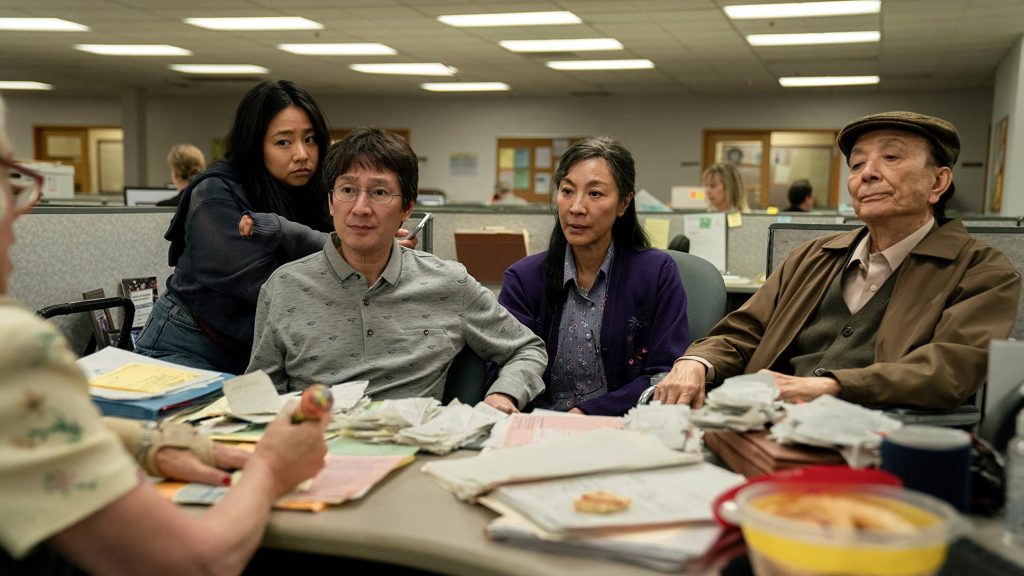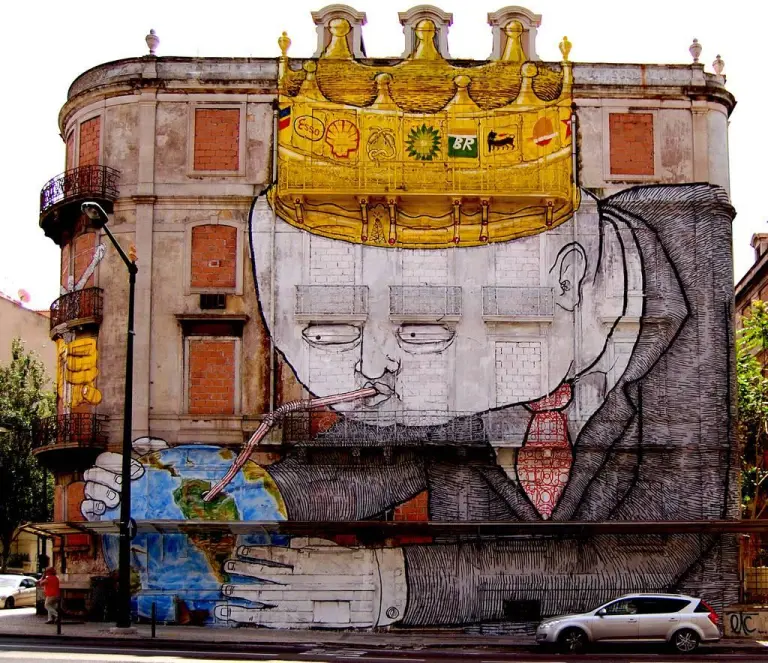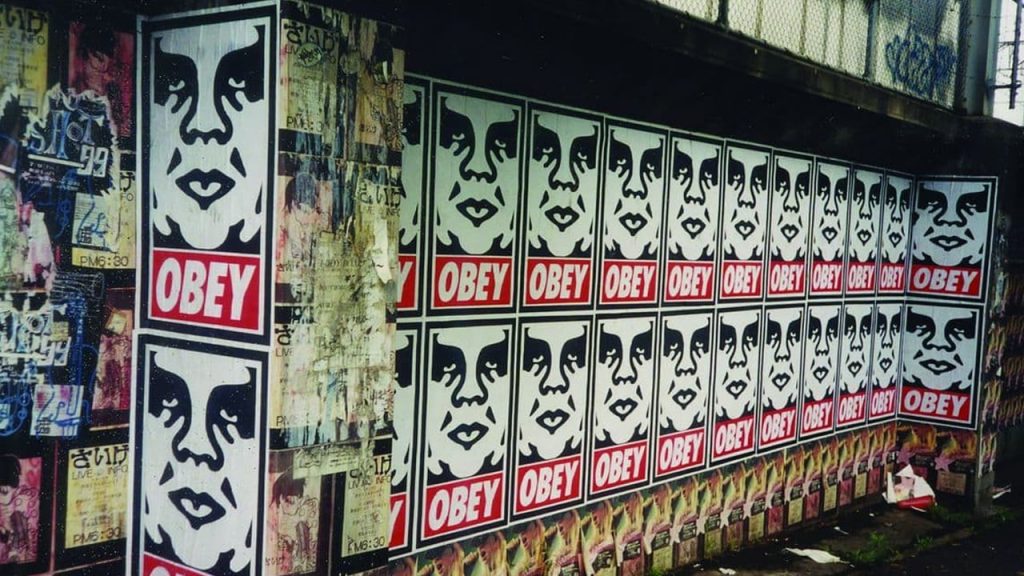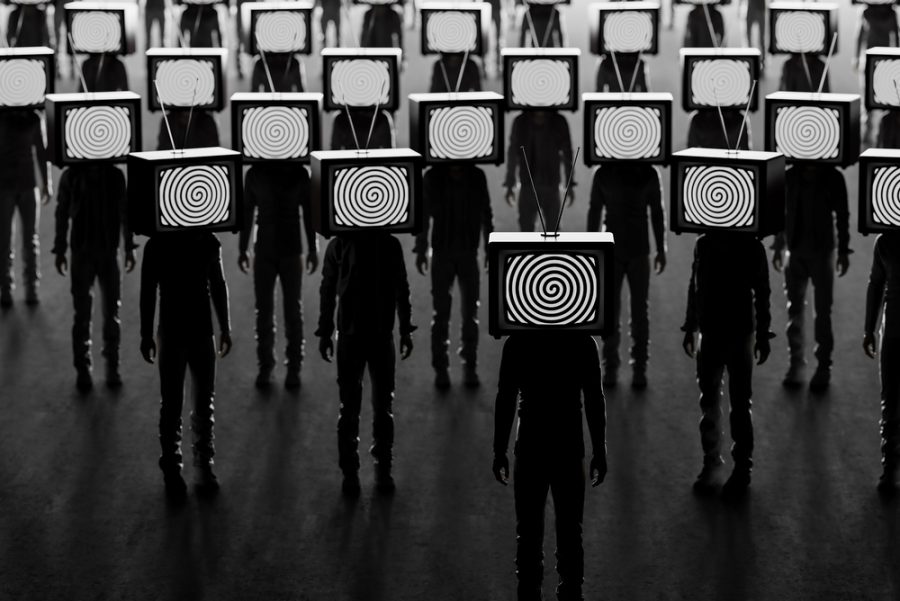Adorno and Horkeimer co-authored an essay arguing how the mass production of culture has become a mechanism of control and conformity in society. They write about how culture has become commodified, a means of profit for capitalism. Originality is dead, and everything has a ŌĆ£samenessŌĆØ to it. In the 1940s, with the newness of radio, film, music, and newspapers, this was impressive to notice as it has increasingly become even more integrated into the world over the years.┬Ā
Several of its aspects are relevant in todayŌĆÖs society and capitalist industries. Most media and fashion have just a few major companies running the mainstream, and by extension, dictating taste and opinions (WebFX Team, 2019). How can there be individuality and originality if media is governed by the same 6 companies?┬Ā
The truth that they are nothing but business is used as an ideology to legitimize the trash they intentionally produce
Durham, 2006
Freedom and creativity can ŌĆ£appearŌĆØ to have been stifled by the industry. Costa, in agreement with Adorno, discusses the administration of culture and how ŌĆ£everything is at the service of the marketŌĆØ (2013). The culture industry cannot describe all of art and media as a unified. With a few examples of art in the indie film industry, street art, and performance art, an argument can be made for the opposition there is to capitalism and the resistance there is against the mainstream.┬Ā
Indie films like Parasite by Bong Joon-ho and Everything Everywhere All At Once by Daniel Kwan and Daniel Scheinert are examples of non-traditional film narratives that challenge complex social problems. They gained popularity despite their low budgets and their ingenuity.┬Ā┬Ā┬Ā

Parasite 
Everything Everywhere All At Once
Street art, like graffiti, is a significant example of resistance and protest to the capitalist world. Often socially and politically charged, street art plays a role in the disruption of public spaces to provoke the viewer to look and think. This art is a way to critique consumerist culture and defy the control of society, even in the act of illegal paint on structures.

Blu 
Shepard Fairey
Performance artist, Marina Abramovi─ć, intentionally does not work with traditional medium and instead explores the relationship between artist and performer. Using her body as art, she speaks on human connection, human oppression, and human limits. Her work contrasts with societal norms and therefore defies the culture industry as well. Trying new things is a risk in the culture industry. And with no fear of success or monetary gain, the culture industry can be broken down.
There are a few other difficulties with this theory that are worth mentioning. One of the main difficulties with this line of reasoning is how Adorno has a pessimistic view of the culture and the consumers. His view portrays society as passive to their actions and in a way,┬Ādenies the relative autonomy of consciousness (Jay, 2005). It underestimates the power of the individual in their choices and self-awareness. Secondly, they overstate the power of manipulation. There is a vast amount of perspectives and experiences in a given audience, which allows for different frames of reference, thought, and resistance to media.┬Ā
In the years since the theory was written, another aspect of the culture industry is not its irrelevance but rather, as Hullot-Kentor puts it, its transformation (2008). The work may be outdated but it has become synonymous with society itself. What once was a force upon society, has now become society. Media in a post-modern world has greater influence than it used to as it is an aspect of daily life. While there is space for resistance it does still affect consumption, distraction, and influence.
References:┬Ā
Adorno, T. W., & Bernstein, J. M. (Jay M. ). (2005). The culture industryŌĆ»: selected essays on mass culture. Routledge.
Costa, J. H. (2013). The contemporary relevance of the discussion of the culture industry in AdornoŌĆÖs thought. Transforma├¦├Żo, 36(2), 135ŌĆō153.
Durham, M. G., & Kellner, D. (2006). Media and cultural studies: keyworks: Vol. Keyworks in cultural studies (Rev. ed). Blackwell.
English National Opera. (n.d.). The Life of Marina Abramovi─ć: Notable Art & Performances | ENO. [online] Available at: https://www.eno.org/composers/marina-abramovic/.
Hullot-Kentor, R. (2008). The Exact Sense in Which the Culture Industry No Longer Exists. Cultural Critique, 70(70), 137ŌĆō157.
WebFX Team (2019). The 6 Companies That Own (Almost) All Media. [online] WebFX Blog. Available at: https://www.webfx.com/blog/internet/the-6-companies-that-own-almost-all-media-infographic/.


I like the way you analyse Adorno and Horkheimer’s critique of the culture industry, highlighting the relevance in the capitalist society. It critiques the commodification of culture and the dominance of corporations in media, highlighting resistance against cultural homogeneous. It encourages explorign artistic expression against capitalist norms and suggest digital platforms as tools os control.